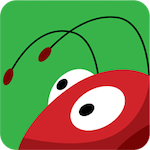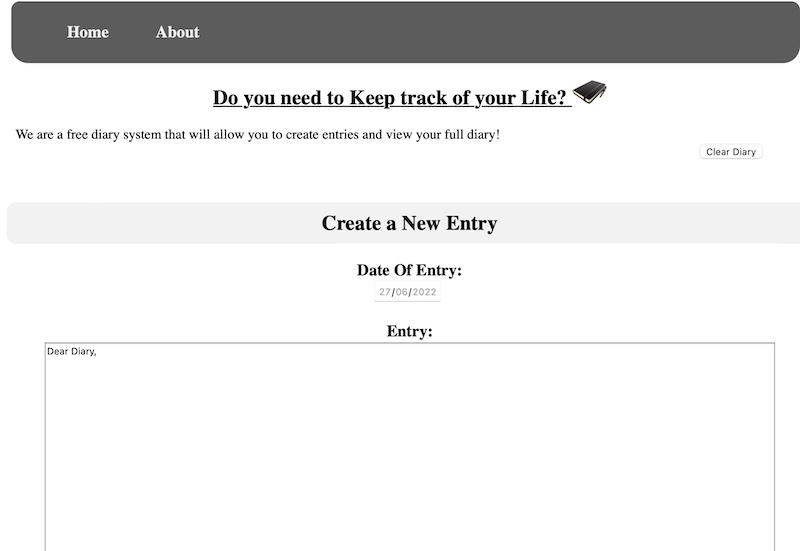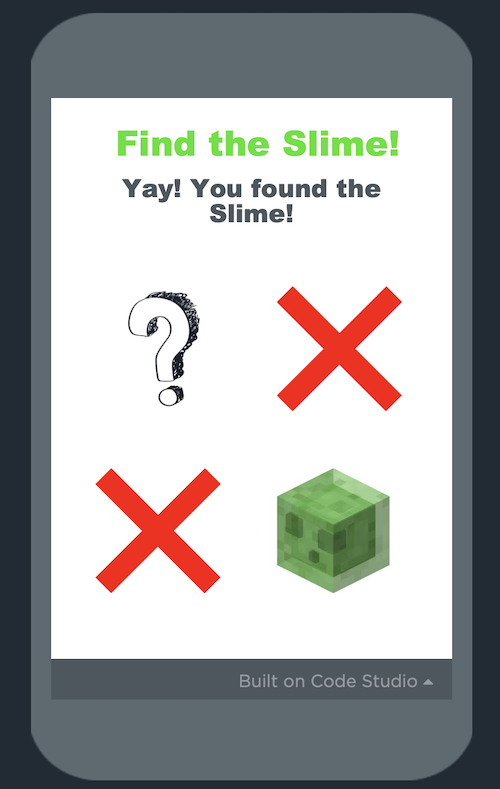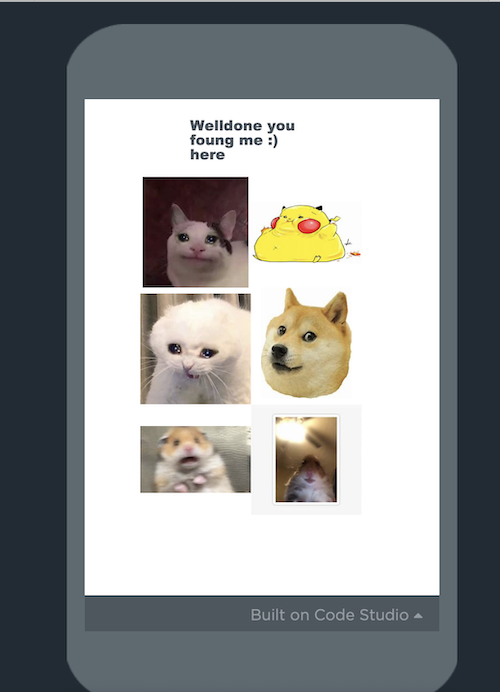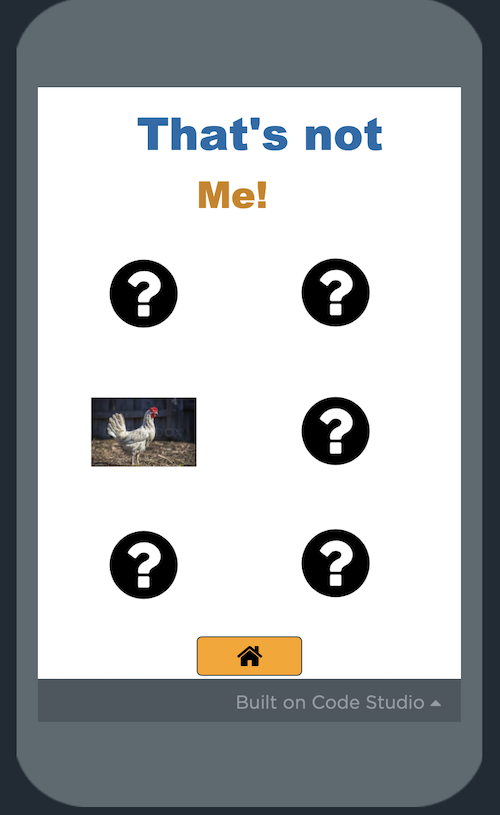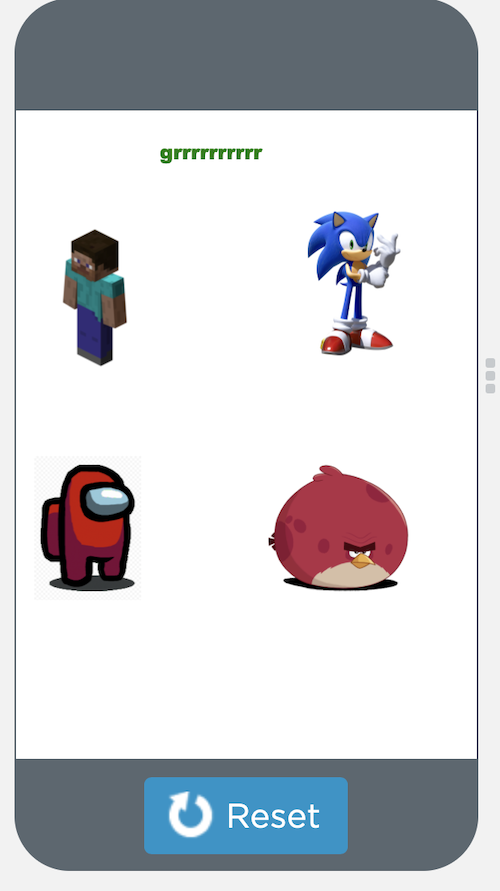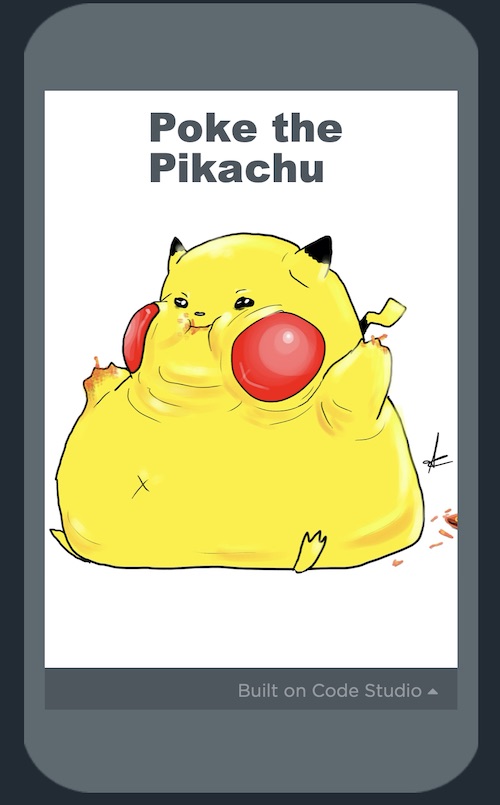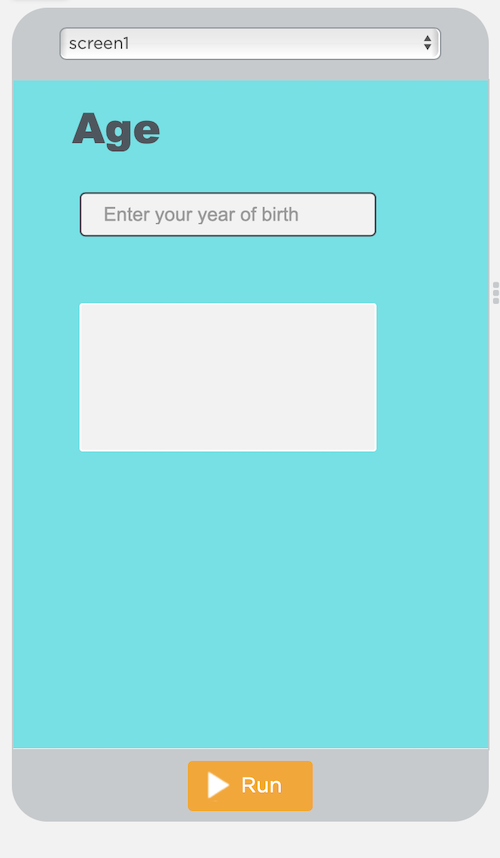I have now been teaching coding to young people for 11 years and I’m very proud to have seen some of my students going on to take a Computer Science GCSE – and in a couple of cases – an A Level. They have told me that they were inspired after attending my coding clubs.
Most children start learning to code with coding blocks, which enables them to learn programming principles without getting the dreaded computer errors. Instead of returning errors, the code simply won’t do what the children expect it to do. This is why the core principle of problem solving and debugging is so key.
When the children are ready to experiment with text-based coding, it can at first be frustrating for them as now they do need to understand the code they are writing, pay attention to the programming syntax and be able to understand error codes. However, a gentle introduction can be achieved in a fun an interactive way. That said, the output needs to be immediate and the children need to be able to see that their code has worked.
One way of combining interactivity, fun and text-based code is by coding Apps with JavaScript. JavaScript provides the interactive learning environment to run web based Apps that can be played on a mobile device. My experience has shown me that children really want to be able to see instant results and interact with what they have created.
Another way of introducing text-based coding is by creating a website page using the HTML language to create the web page structure and CSS to add interactivity.
Of course, once the children have been introduced to some form of text-based coding, the next step is to develop their coding skills by programming with Python.
Our next Create fun Apps with JavaScript is on Saturday 11th March 2023.
